Scaling new heights: 7 amazing hikes in China
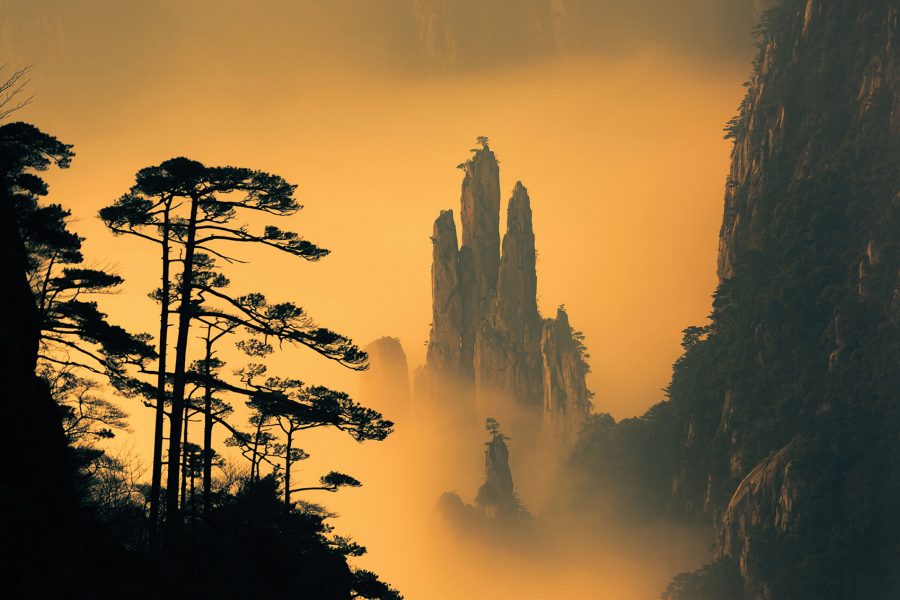
The Chinese Mainland’s expansive, diverse terrain offers a rich tapestry of hiking experiences. Whatever you seek – a challenging cliffside climb, to stretch your legs while enjoying stunning scenery or spiritual enlightenment in an idyllic bamboo forest – there’s a route for everyone. Choose from these seven hiking trails and get ready to explore vast natural vistas on foot.
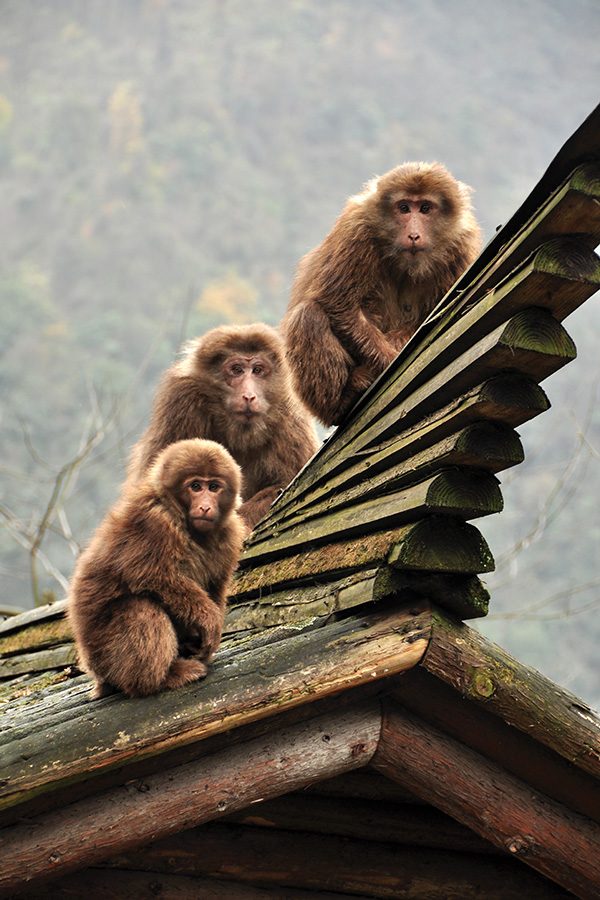
Credit: Marko Stavric Photography/Getty Images
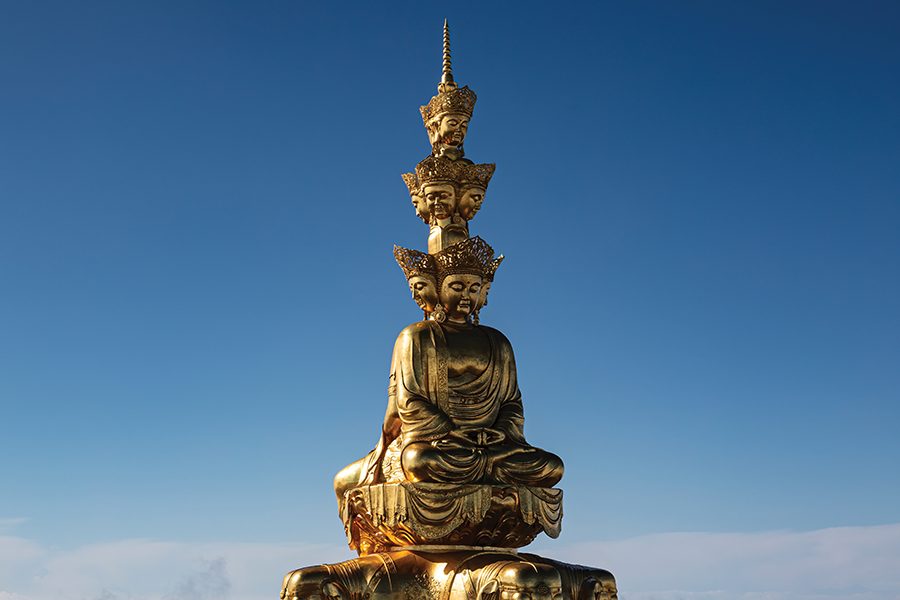
Credit: breath10/Getty Images
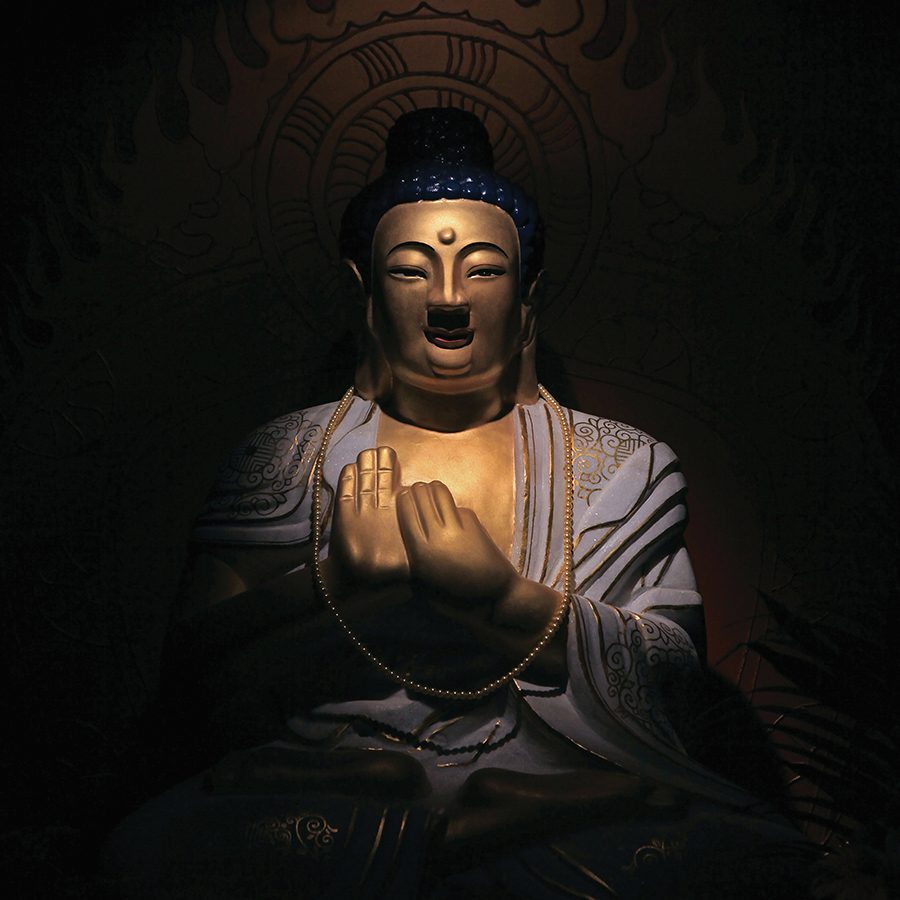
Credit: David Silverman/Getty Images
Mount Emei, Sichuan
One of China’s four sacred Buddhist mountains, Mount Emei captivates pilgrims and nature enthusiasts alike.
Those who climb Jinding (the golden summit) – Emei’s 3,079m main peak – before dawn are treated to a sea of clouds and a spectacular sunrise. You might even catch the rare “Buddha’s halo”, a colourful ring of lights reflected on a sheet of clouds below the summit. Meanwhile, nighttime hikers might be rewarded with another rare sight known as “holy lanterns”: mysterious white and green lights that appear around the mountain on moonless nights.
While meandering among lush forests and ancient temples, remember to say hello to the cheeky Tibetan macaques, also known as Emei sacred monkeys.
Getting there: From Chengdu South Railway Station, board a high-speed train to Emeishan Station. Upon arrival, take a bus or taxi to Mount Emei.

Credit: MBPROJEKT Maciej Bledowski/Getty Images
Huashan, Shaanxi
Shaanxi’s Huashan, famous for its challenging terrain and steep, narrow paths, is not for the faint-hearted.
The most thrilling attraction here is the seven-century-old Changkong Zhandao (plank path in the sky) near the south peak. It's been dubbed one of the world’s most dangerous hikes, so be sure to show caution. After renting a safety harness, you’ll descend a steep canyon, then walk on a narrow wooden pathway nailed to the side of the mountain.
For a more laid-back experience, you can explore the mountain via a flatter route, where you’ll encounter Taoist temples and precariously perched buildings.
Getting there: From Xianyang West Railway Station, board a train to Huashanbei Railway Station. From there, catch a bus to the Mount Hua Scenic Area.
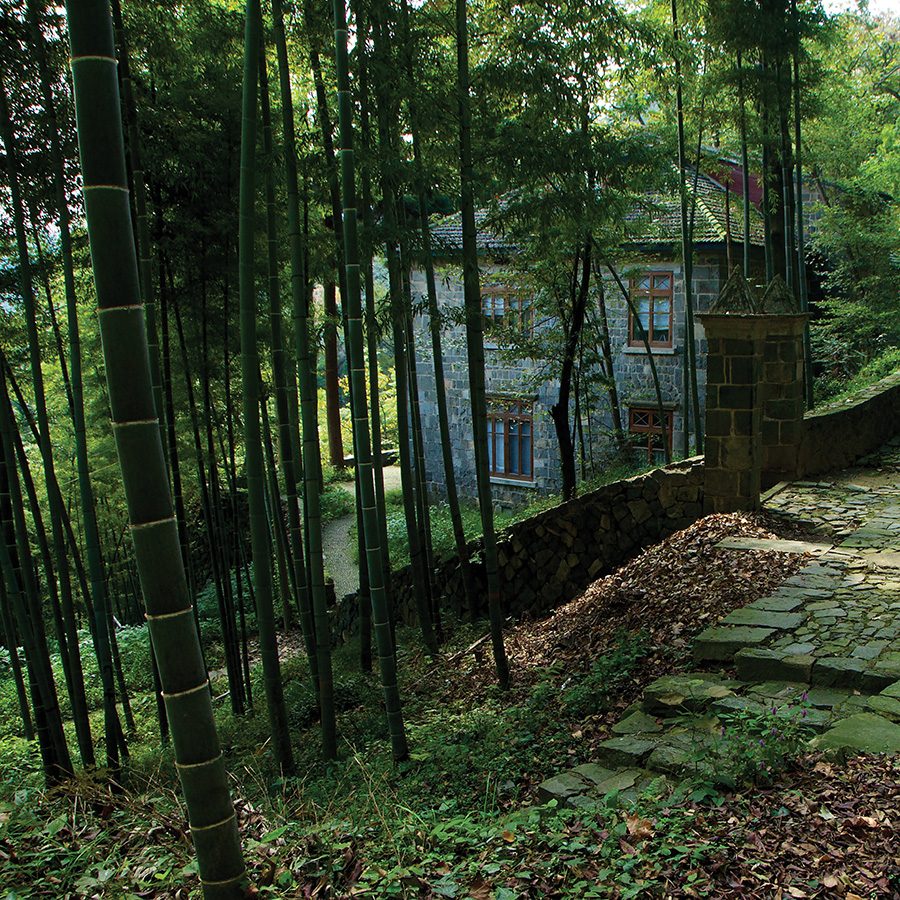
Credit: Mark Soo/Getty Images
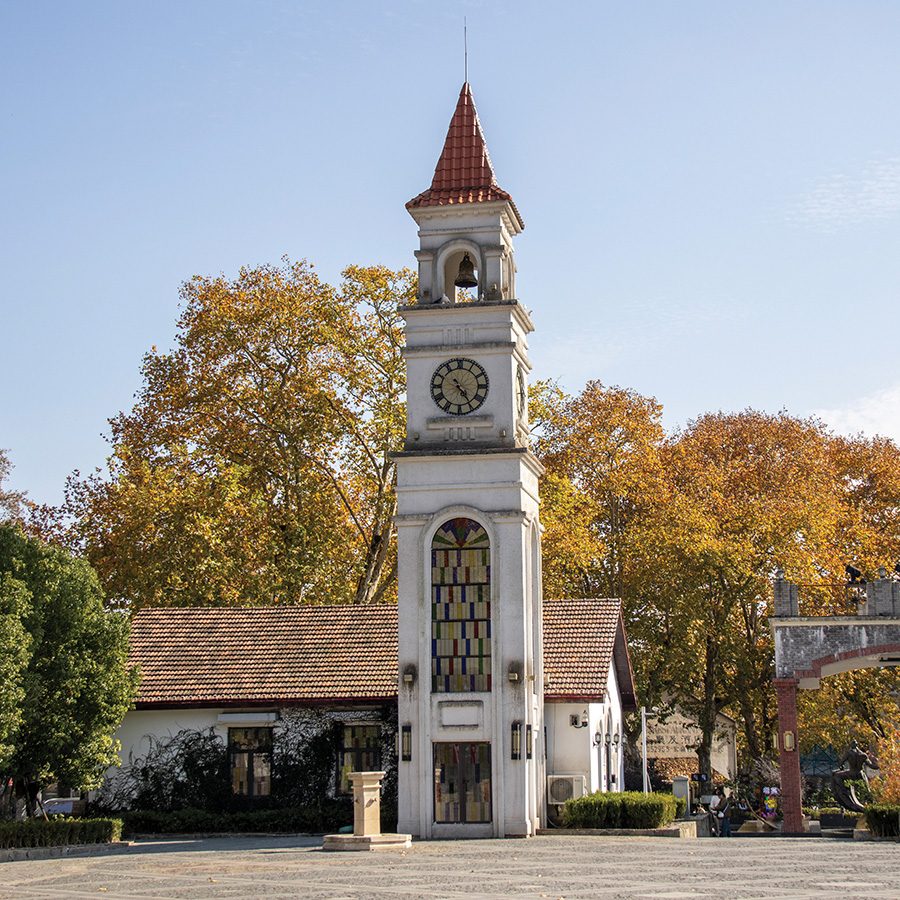
Credit: tang90246/Getty Images
Moganshan, Zhejiang
Home to many boutique guesthouses and resorts, Moganshan is just the ticket for a relaxing hike surrounded by nature. This bamboo-clad mountain and its small town of the same name have been a popular holiday spot for city-dwellers since the late 1800s. Trails such as the Jianggong Ancient Path or the Bamboo Sea hiking trail are gentle, suitable for all levels and ideal for breathing fresh mountain air.
Getting there: From Hongqiao Railway Station, take a train to Deqing Railway Station. From there, travel by taxi to the Moganshan Scenic Area.
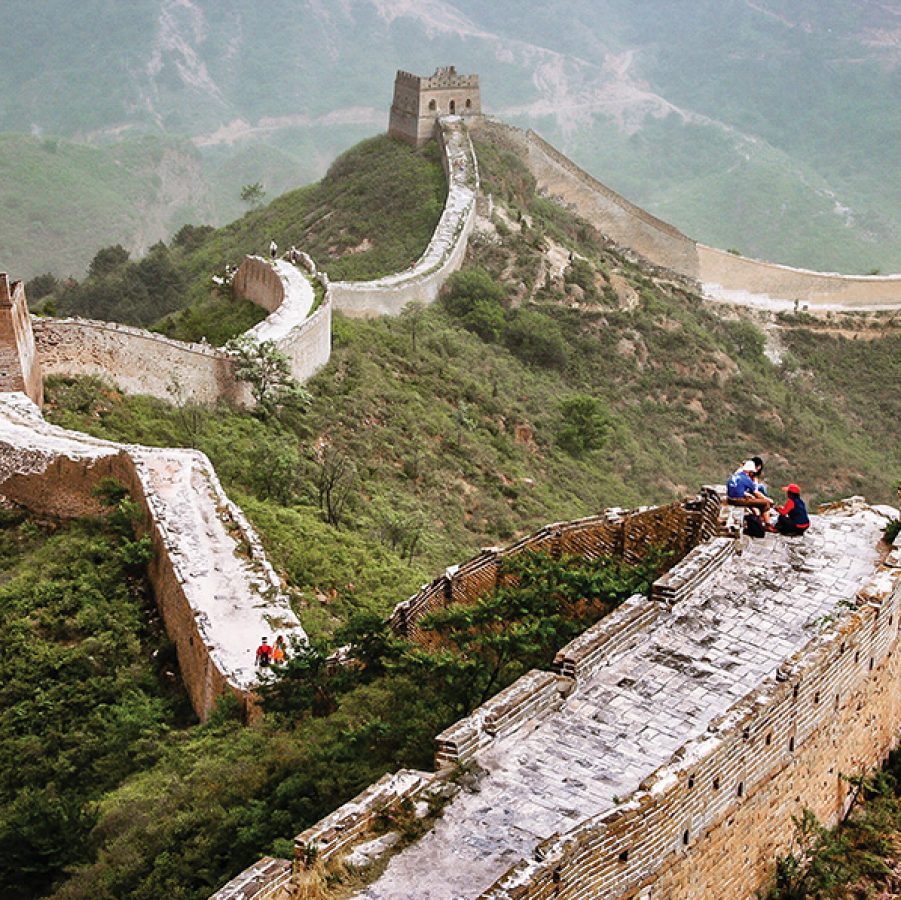
Credit: Marc Guitard/Getty Images
The Great Wall, Beijing
As the saying goes, “He who has not climbed the Great Wall isn’t a true man.” Indeed, this iconic attraction is on every traveller’s list when they visit Beijing. Seasoned hikers should skip the popular Badaling and explore the section from Jinshanling to Simatai instead. Along 10 scenic kilometres, you’ll pass restored parts of the Great Wall as well as those still in their original state. As you traverse crumbling watchtowers and undulating stone paths, the wall unfolds like a giant dragon snaking through the mountain ridges – an awe-inspiring sight.
Getting there: From Beijing Railway Station, board a train to Xinglongxian Railway Station. From there, take a taxi to the Jinshanling section. On weekends and public holidays, an express bus runs between Beijing’s Dongzhimen Outer Bus Station and Jinshanling. Alternatively, you can take a taxi directly to Jinshanling.

Credit: William Yu Photography/Getty Images
Huangshan, Anhui
With majestic pine trees perched on mountaintops, eccentric rocks and an ever-changing sea of clouds, hiking through Huangshan is like stepping into a painting. While there are well-maintained walkways, reaching the summit is no easy feat. For a leisurely day trip, you can take the Yuping cable car up the mountain and check off famous sights such as Guangmingding (the bright summit is Huangshan’s second-highest peak) or Houzi Guanhai (a monkey-shaped rock overlooking a sea of clouds atop Shizi Peak) as you descend. Alternatively, stay overnight in a hotel on the mountain and catch a picture-perfect sunrise the next morning.
Getting there: From Shanghai Hongqiao Railway Station, take a high-speed train to Huangshan North Railway Station.
Baiyun Mountain, Guangdong
One of the Eight Sights of Guangzhou, chosen by public appraisal during the Qing dynasty, Baiyun Mountain is both easily accessed and steeped in history and culture, making it a great getaway for nature lovers. Many come to conquer its highest peak, the 382m Moxingling, where you can enjoy a sweeping view of Guangzhou. The winding trail also offers plenty of parks, temples, tea shops and natural wonders to explore.
Getting there: From Guangzhou city centre, take a taxi to the south or west gate of Baiyun Mountain.

Credit: Ryan Ryle/Getty Images
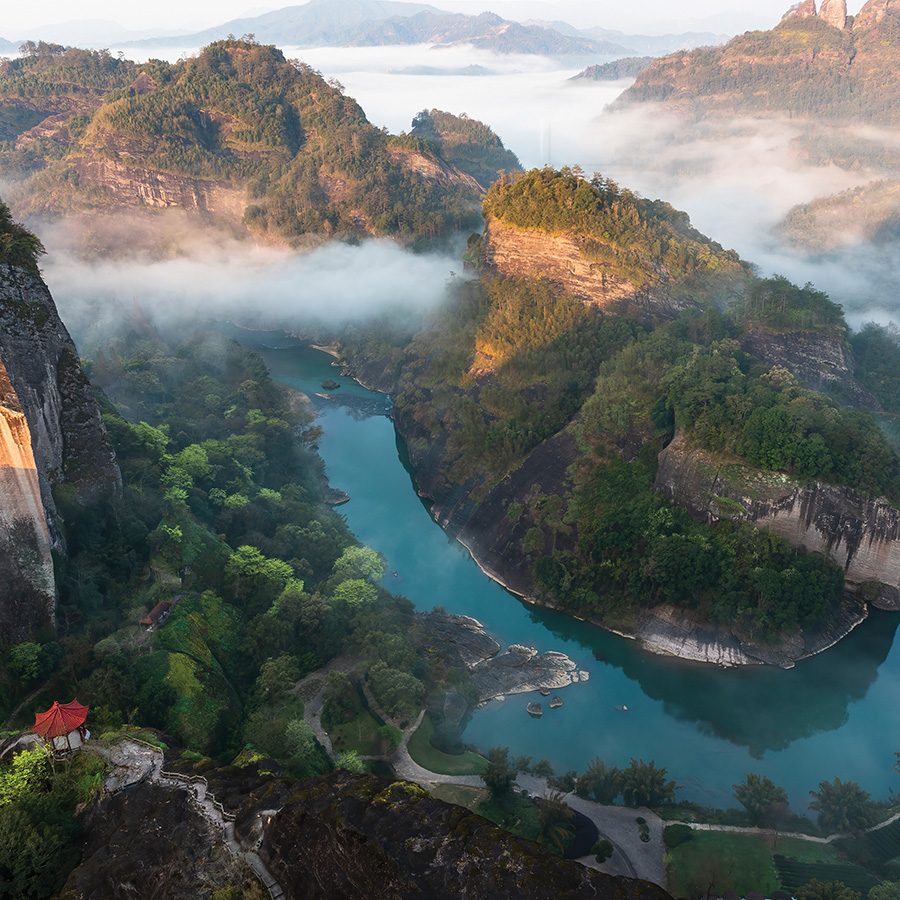
Credit: Li Xiang/Getty Images
Mount Wuyi, Fujian
As a Unesco World Heritage Site and part of the organisation’s World Network of Biosphere Reserves, Mount Wuyi in Fujian blends natural wonders with cultural treasures. Combine your hike with a bamboo raft trip down the Jiuqu River: as you float between towering cliffs and through secluded valleys, keep your eyes peeled for the remains of ancient temples and monasteries that line the riverbank.
Getting there: A high-speed train will take you from Fuzhounan Railway Station to Nanpingshi Railway Station.
More inspiration
- China – the Chinese Mainland, Hong Kong SAR, Macao SAR and Taiwan Region
- Hong Kong SAR - English
- Chinese Mainland (China) - English
- Taiwan, China - English
- 香港特別行政區 - 繁體中文
- 中国內地 - 简体中文
- 中國台灣 - 繁體中文
- Africa
- South Africa - English
- Asia
- Bangladesh - English
- Korea - English
- Singapore - English
- Cambodia - English
- 한국 - 한국어
- Sri Lanka - English
- India - English
- Malaysia - English
- Thailand - English
- Indonesia - English
- Maldives - English
- ประเทศไทย - ภาษาไทย
- Indonesia - Bahasa Indonesia
- Myanmar - English
- Vietnam - English
- Japan - English
- Nepal - English
- Việt Nam - tiếng Việt
- 日本 - 日本語
- Philippines - English
- Australasia
- Australia - English
- New Zealand - English